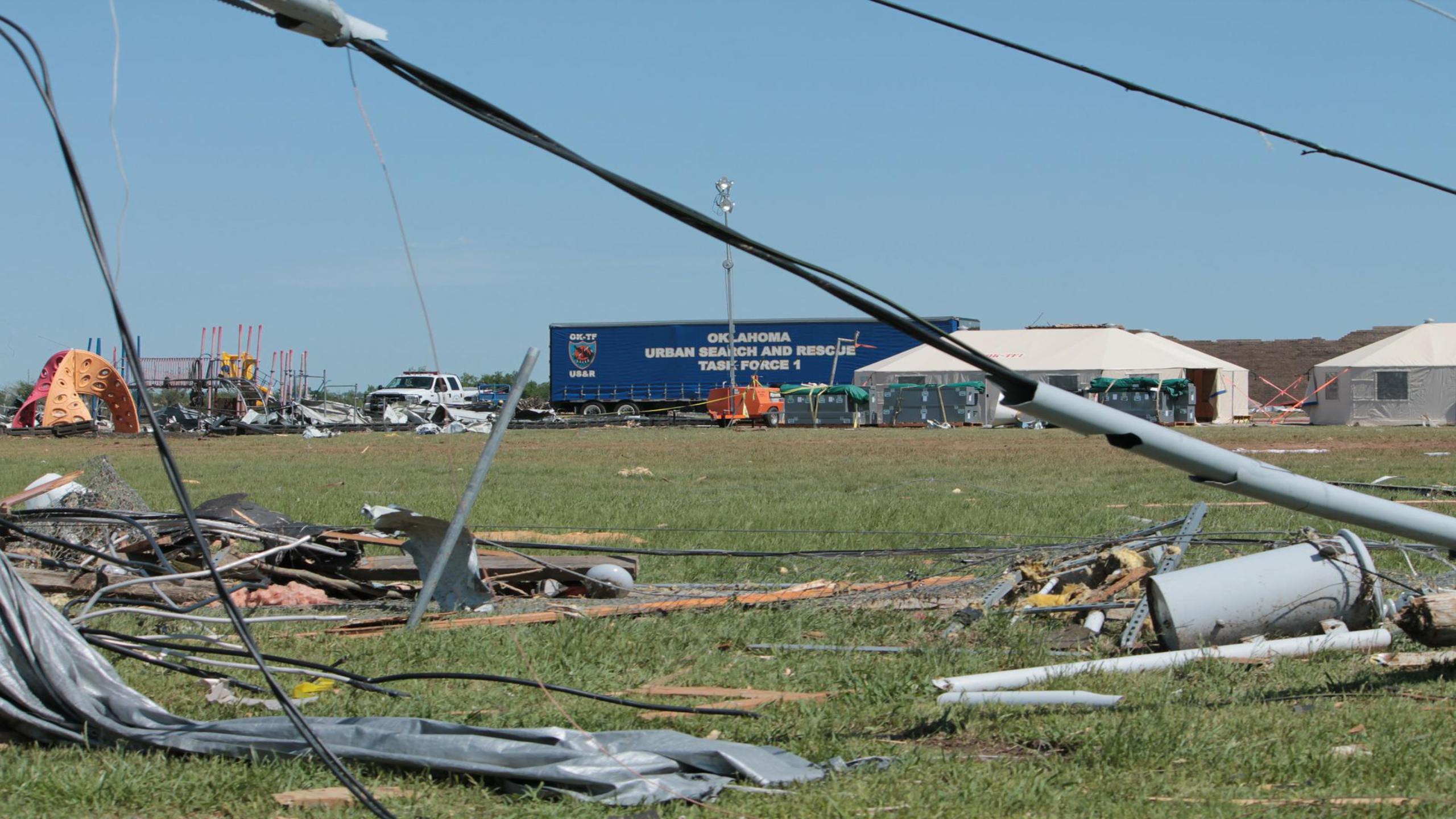What is Disaster Economic Recovery?
Disaster Economic Recovery is a process that is designed to help communities get back on their feet after a disaster. This process is a long-term approach that includes the following phases:
The Disaster Economic Recovery process typically consists of three phases. The first phase is that of Crisis Management, which includes the immediate response and recovery efforts to keep a natural disaster from developing into a larger-scale catastrophe. Organizations that are involved in Crisis Management will transition into the second phase, which is called Disaster Preparation. This includes activities like conducting risk assessments and applying for grants from federal agencies in order to get prepared for large storms. Crisis Management and Disaster Preparation are followed by the third phase, which is called Recovery. This phase is focused on long-term rebuilding efforts. This is the final phase of Disaster Economic Recovery. It includes further building efforts, reopening businesses, and providing assistance to people who are still struggling with basic needs.
Steps You Need to Take for a Secure Business After a Disaster
The first step is to have a plan in place. You should have a plan for what to do in the event of an emergency. This can include how you will contact your employees, where you will meet, and who should be contacted if there is an emergency. The second step is to make sure you have up-to-date insurance coverage. Make sure that your policy includes property damage, business interruption, and liability coverage. The third step is to make sure that all of your employees know about the plan and are aware of their role in it.
The last thing you want is for your employees to be wondering what they should do when disaster strikes and they are not prepared for it. It is important to make the decision to create a plan before the crisis happens. It will give you time to prepare. It is imperative that you have a backup plan in case of an emergency. Be sure that everyone in your company knows where they should go if it suddenly becomes unsafe for them on site. Make sure they have transportation options, and the necessary items to get by in the event of an evacuation. If you’re worried about what will happen to your company during a crisis, or after an emergency, it’s best to talk about these things with your employees.
When is It Safe Enough to Return Home?
The question of when it is safe enough to return home after a disaster is an important one. The answer depends on the type of disaster, the type of home, and the natural environment where it happened. If you live in a mobile home, your situation is different than if you live in an apartment or house. In general, if the disaster is a slow-moving event like a hurricane or winter storm that did not cause widespread damage, you can return home when it is safe enough to do so. If the event is sudden, such as a tornado or flash flooding, you should stay in place until local officials allow you to leave.
Disasters, Cataclysmic Events & How They Affect the Economy
Disasters can be natural, like earthquakes or hurricanes, or man-made, such as wars. They can have a long-term effect on the economy and the people who live in that area.
Disasters have a devastating effect on a country’s economy. They can cause economic growth to slow down and they can also cause inflation to go up. In some cases, they may lead to deflation where prices are going down instead of up. Disasters also affect trade because it is difficult for countries to import and export goods when there is a disaster happening in their country or nearby. Disasters can also affect the country’s currency. During a disaster, countries might have to print more money to raise funds. This can cause inflation to go up and it might also cause the value of the currency to decrease.
Conclusion: Making Smart Investments in Disaster Preparedness Will Save Lives and Money
It is important to make smart investments in disaster preparedness because it will save lives and money. The lack of preparation for this natural disaster led to an increased mortality rate and a higher cost for the government to rebuild.
In order to avoid these mistakes, there are three things that we can do:
– Develop a response plan ahead of time – Prepare our homes by getting supplies such as food, water, blankets, and batteries – Create a network with neighbors or other people in your area who are also preparing
– Coordinate with your local government and emergency management
– Create a list of trusted people that the family knows in the surrounding areas
– Gathering information about local relief efforts, such as charitable organizations, shelters, and supplies of water and food

